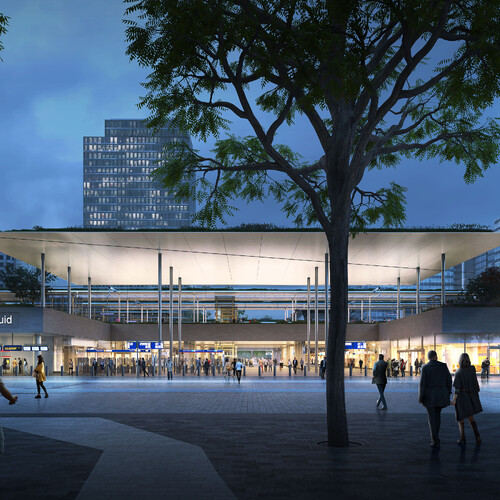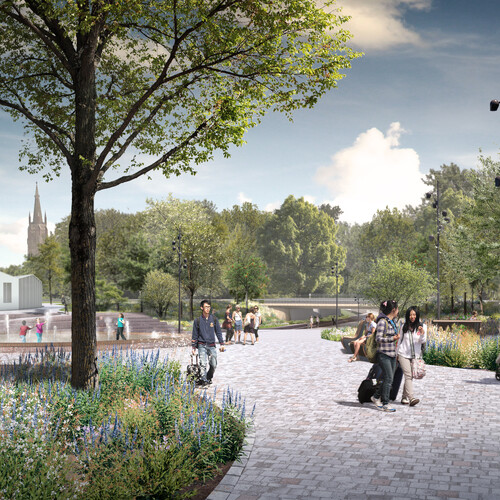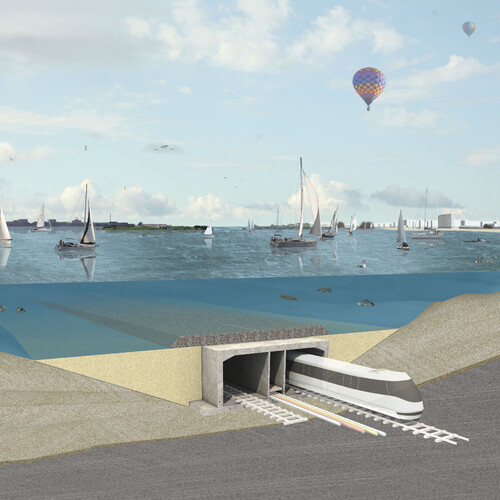The design is a construction kit based on a principle used for all parts of the shelter, including the surrounding railings, and for the tram stop poles themselves and the information boards. The shelters need to fit into the most diverse surroundings, and their size and shape (narrow, broad, deep and long) varies a great deal.
The construction system consists of standard triangular sections that are made up of press-braked components. These are the basic elements, both horizontally and vertically. The glass walls and plastic roofs are attached to them.
A set of castings was designed for the connections between the main structural elements and the glass walls, seats, handrails and advertising boards: steel to connect the horizontal and vertical sections, and aluminium to connect the glass walls to the structure.













